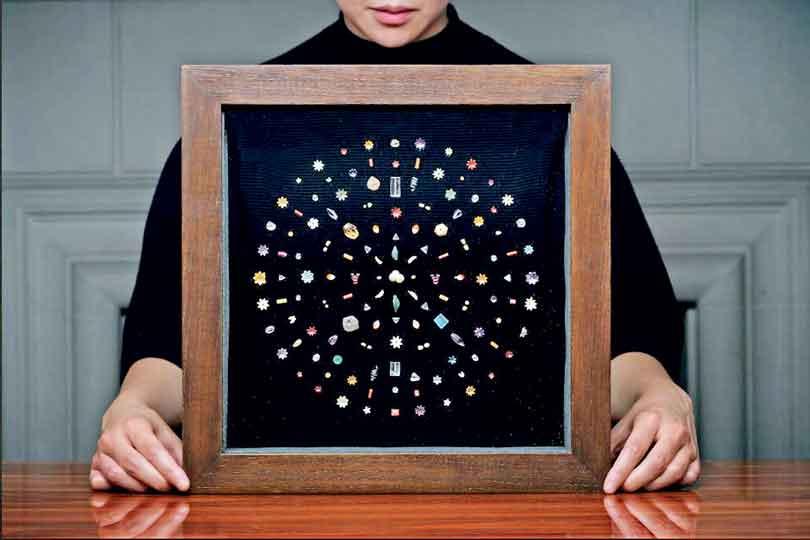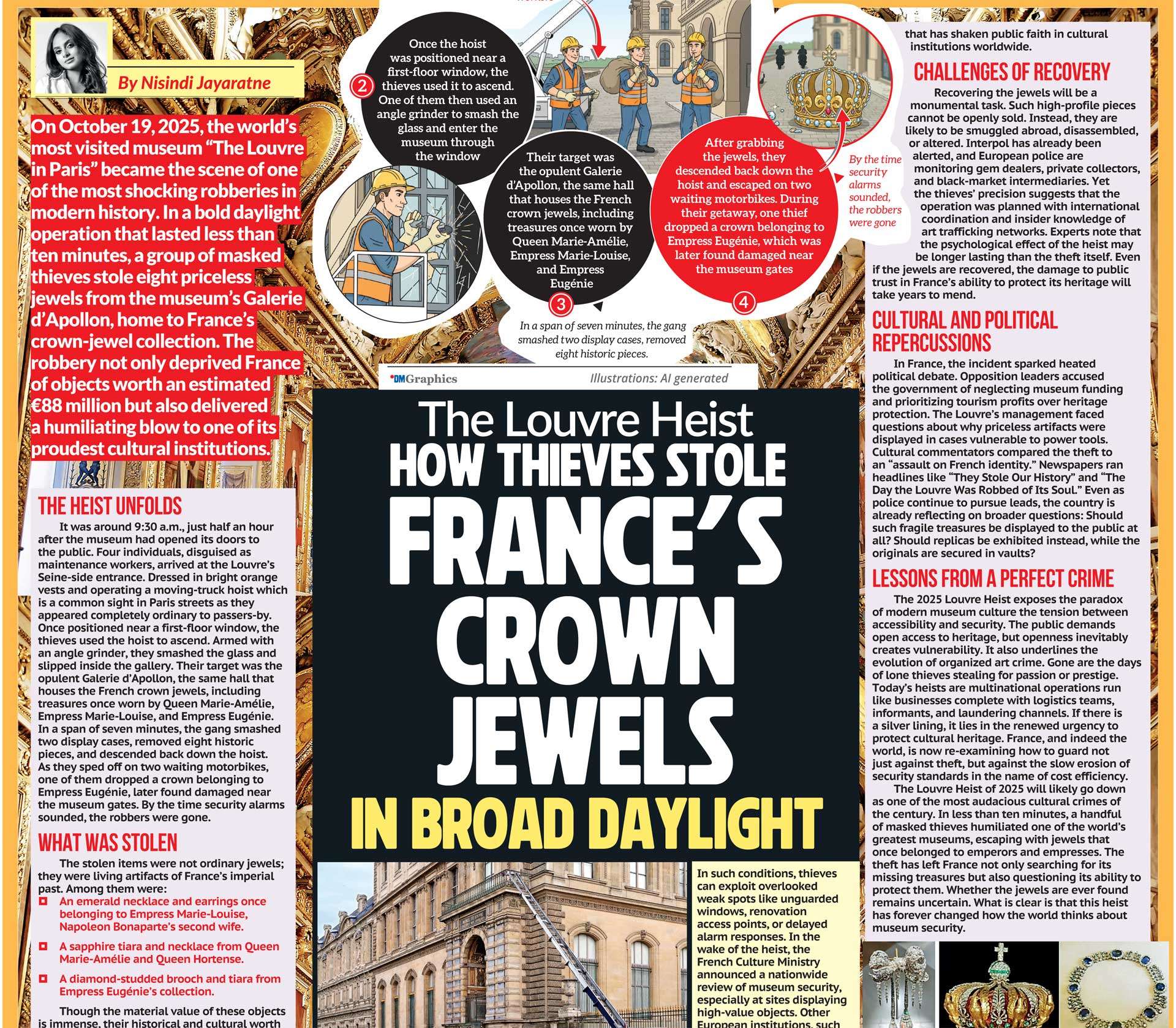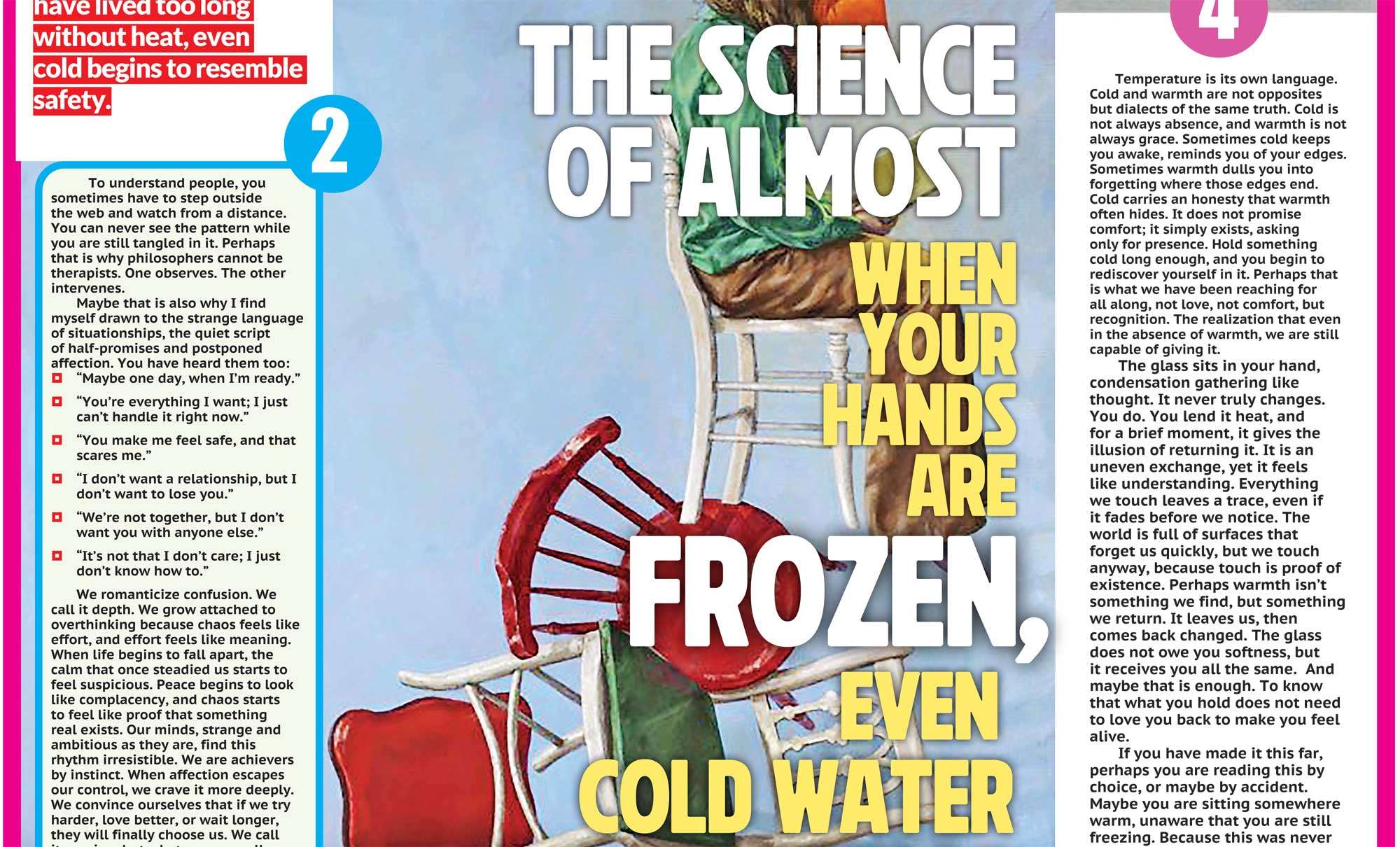
Sotheby’s announced the auction of the Piprahwa gems as a highlight of its Asian art sales series,
Chris Peppé, representing the Peppé family, has stated that it was always the family’s intention to find an appropriate way to transfer the gem relics to a Buddhist nation or community.
In early May 2025, Sotheby’s Hong Kong faced a significant cultural and diplomatic controversy over its planned auction of the “Piprahwa Gems of the Historical Buddha,” a collection of ancient jewels believed to have been interred alongside the remains of Siddhartha Gautama, the Buddha, over 2,000 years ago. The auction, which was scheduled for May 7, was abruptly postponed following strong objections from the Indian government, which claimed the relics as sacred national heritage and demanded their immediate repatriation.
The Discovery at Piprahwa
The Piprahwa gems trace their origins to an 1898 excavation in present-day Uttar Pradesh, India, led by British colonial engineer William Claxton Peppé. Peppé unearthed a stupa containing a stone coffer filled with bone fragments, ashes, and approximately 1,800 ritual objects, including gemstones, pearls, and gold. An inscription in ancient Pali identified the contents as relics of the Buddha, deposited by members of the Sakya clan, to which the Buddha belonged. While the majority of the relics were transferred to the Indian Museum in Kolkata, a portion, approximately 300 items described as “duplicates,” remained in the possession of the Peppé family. These items were passed down through generations and were eventually consigned to Sotheby’s
for auction.
The Planned Auction and Immediate Backlash
Sotheby’s announced the auction of the Piprahwa gems as a highlight of its Asian art sales series, estimating the collection’s value at around HK $100 million (approximately US $13 million). The auction house promoted the collection as a rare opportunity to acquire artifacts of unparalleled religious, archaeological, and historical importance. However, the announcement sparked immediate backlash from the Indian government and the global Buddhist community. India’s Ministry of Culture issued a legal notice to Sotheby’s Hong Kong, asserting that the sale violated Indian laws, international norms, and United Nations conventions. The ministry emphasized that the relics are sacred and constitute an inalienable part of India’s cultural and religious heritage. The Indian government demanded the immediate halt of the auction, the repatriation of the relics, and a public apology from both Sotheby’s and Chris Peppé, the great-grandson of William Claxton Peppé. The ministry also warned of legal actions and public advocacy campaigns if the demands were not met.
Sotheby’s Postpones the Auction
In response to the Indian government’s objections, Sotheby’s announced the postponement of the auction, stating that the decision was made “in light of the matters raised by the Government of India and with the agreement of the consignors.” The auction house expressed its intention to allow for discussions between the parties involved and removed promotional materials related to the auction from its website. The Indian Ministry of Culture welcomed the postponement, crediting its intervention for the outcome and reaffirming its commitment to protecting and recovering national treasures of deep cultural and religious significance.
Ethical and Legal Considerations
The controversy surrounding the planned auction of the Piprahwa gems has reignited debates over the ethical and legal implications of selling sacred artifacts. Scholars and Buddhist leaders argue that such relics should not be commodified but rather preserved and venerated within their cultural and religious contexts. They contend that the sale of these items perpetuates colonial injustices and undermines the sanctity of religious heritage. Legal experts point out that the sale could breach multiple Indian heritage laws, with disputes persisting over ownership rights. India asserts that all artifacts excavated from the Piprahwa stupa are considered state property under Indian law and classified as protected antiquities, meaning they are safeguarded from sale or export. Chris Peppé, representing the Peppé family, has stated that it was always the family’s intention to find an appropriate way to transfer the gem relics to a Buddhist nation or community. He emphasized that the family has routinely collaborated with museums and hoped the auction would attract the attention of an institution that would allow the artifacts to be owned in trust for a Buddhist public.











